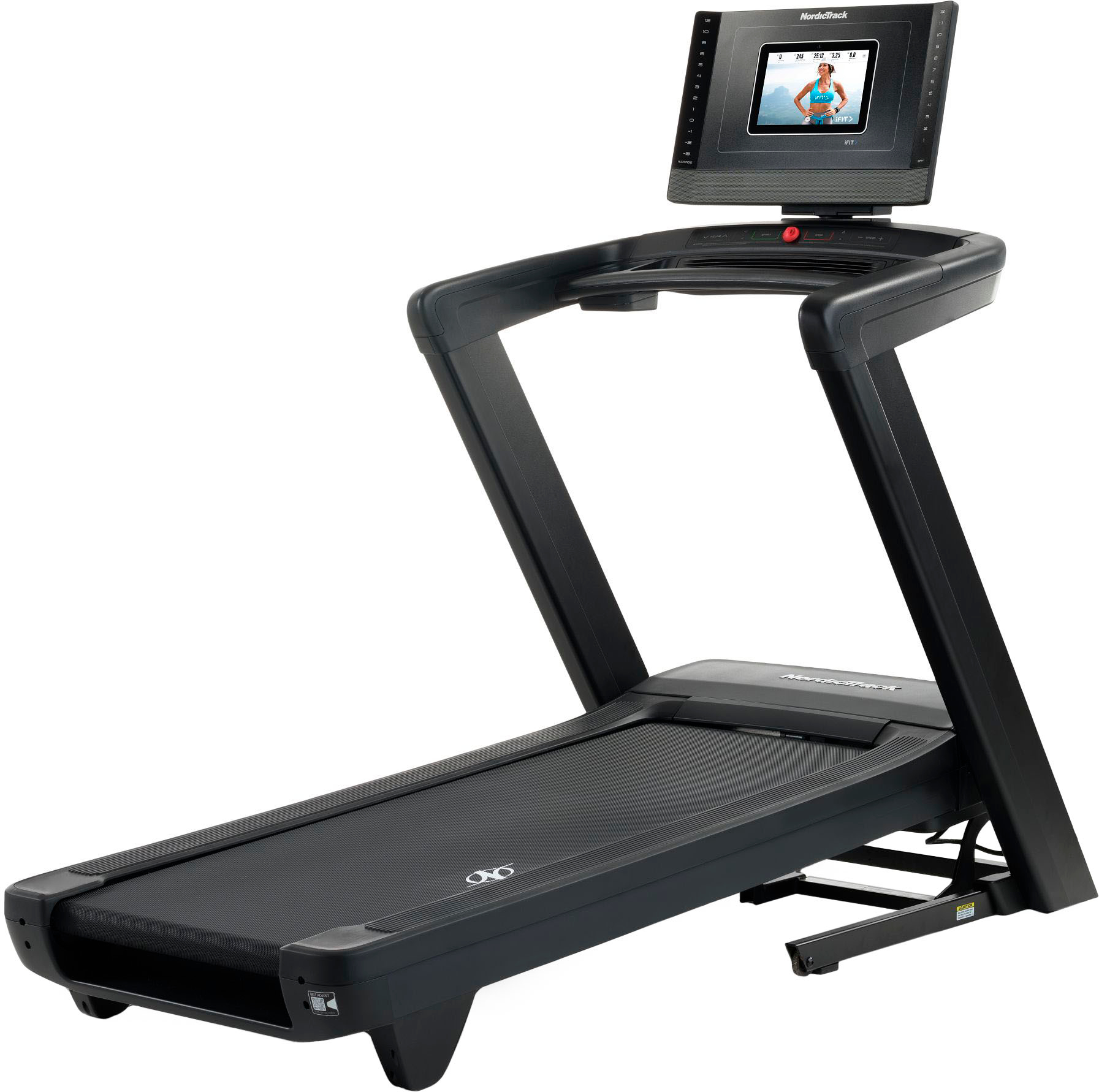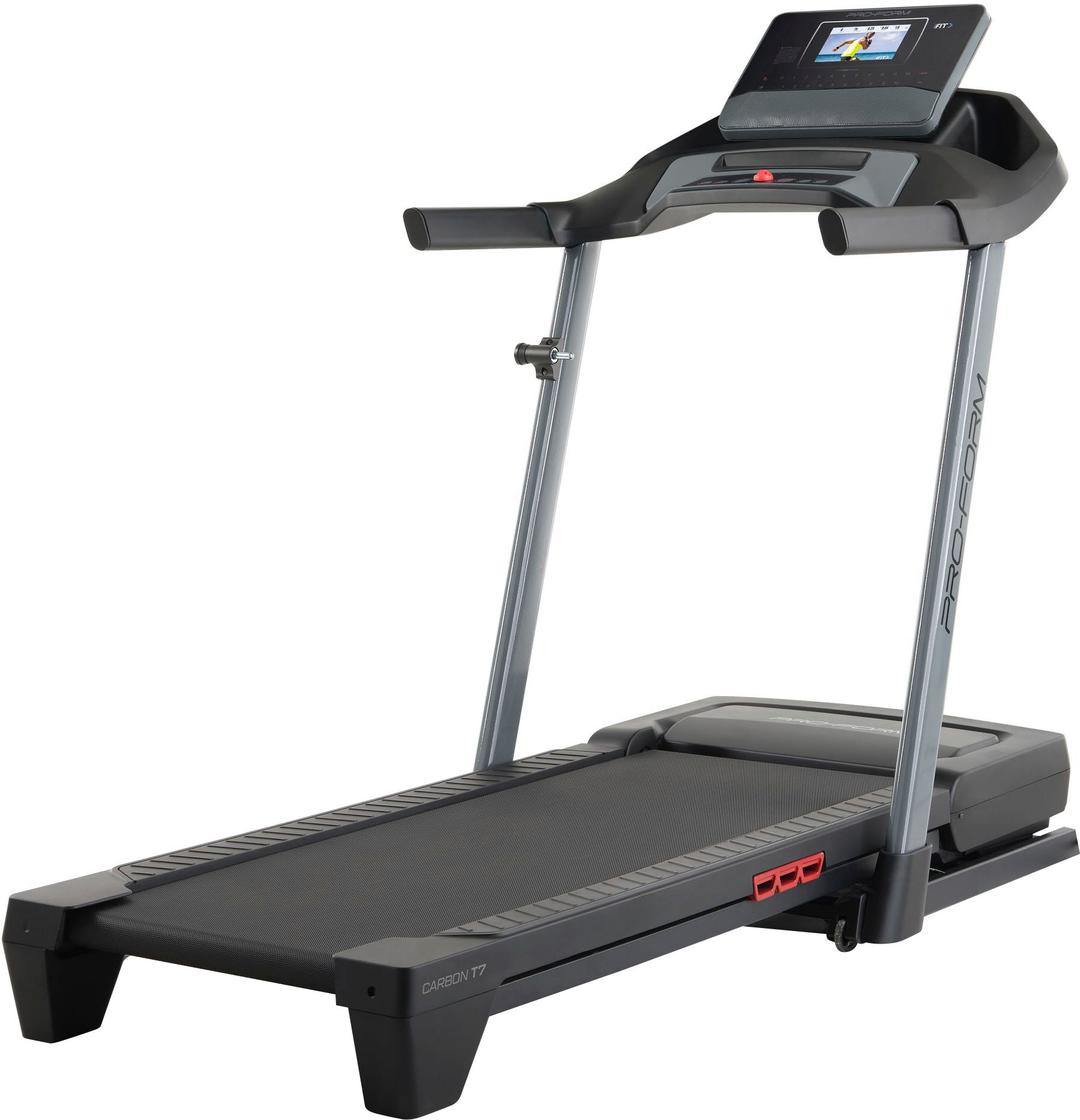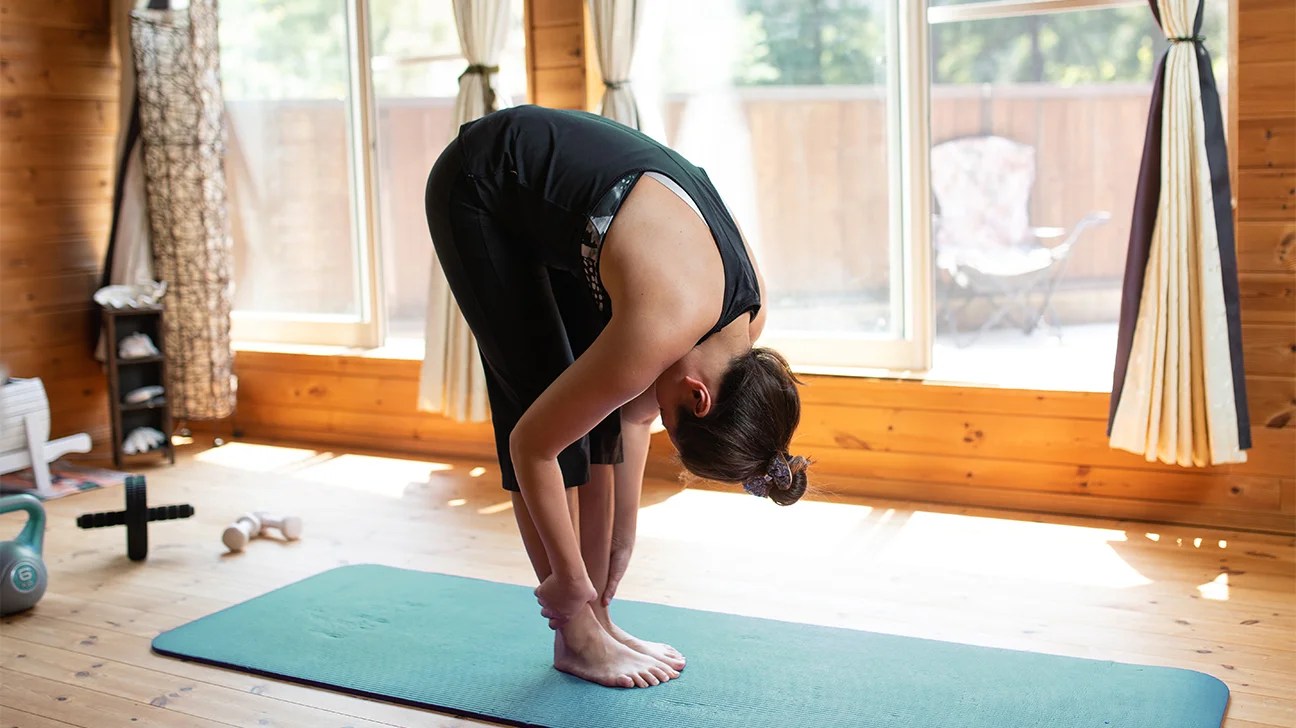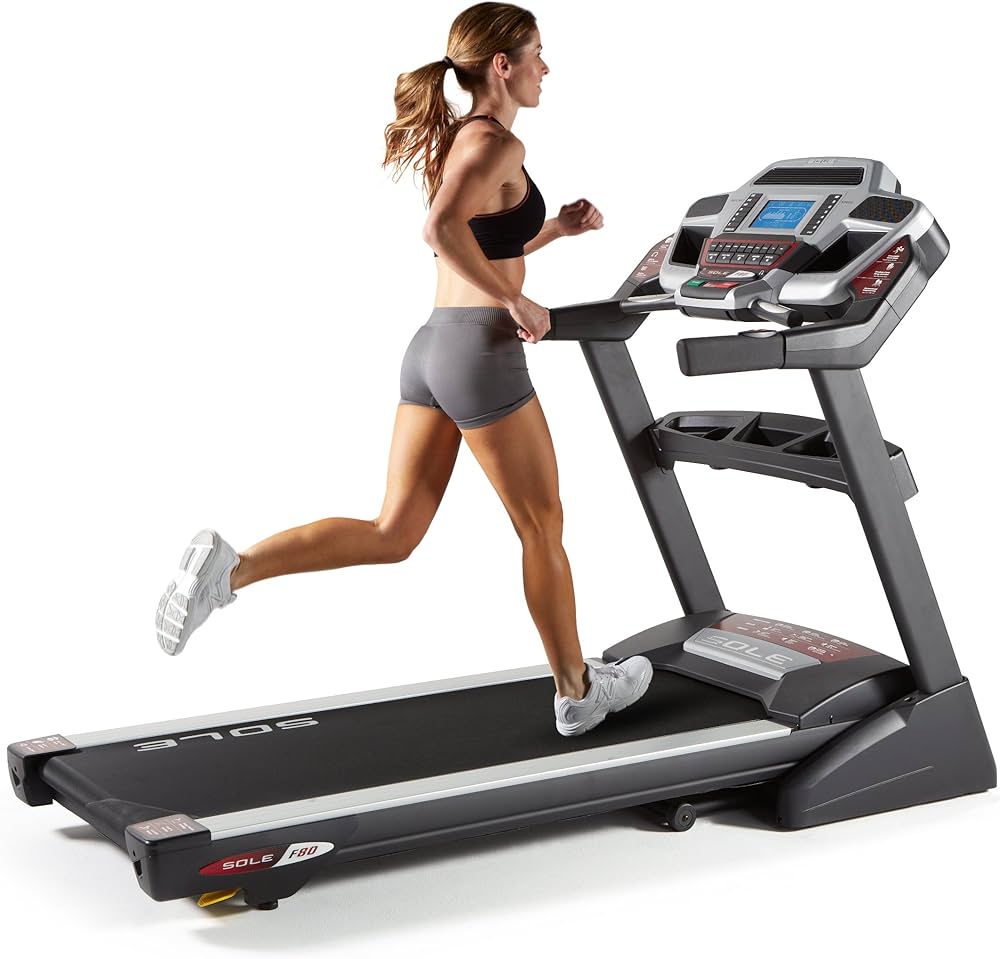Using a treadmill daily is generally safe for most individuals, provided they listen to their body and follow safety guidelines. Overuse injuries can be prevented with rest days and cross-training.
Regular exercise is essential to maintaining a healthy lifestyle, and treadmills offer a convenient way to ensure you get your daily dose of physical activity, regardless of weather conditions. Treadmills are versatile, offering various workout options including walking, jogging, interval training, and incline challenges that can suit a wide range of fitness levels.
They can be an effective tool for cardiovascular training, weight loss, and enhancing endurance. Balancing treadmill use with proper rest, stretching, and strength training activities can reduce the risk of overuse injuries. As with any exercise regimen, beginners should start slowly and gradually increase intensity to build fitness safely. It’s important to maintain proper form and to wear appropriate footwear to support your body and minimize impact as you stride.
Treadmill Workouts: The Rise In Popularity
More people choose to run on treadmills than ever before. This surge is not just a trend. It’s about health, convenience, and sticking to fitness goals. Treadmills let us jog, walk, or sprint any day, no matter the weather. They have proven to be great for regular use. Safe? Yes, with the right approach and care.
Surge In Home Fitness
Home gyms are booming. Busy lives demand flexible workout schedules. Treadmills fit this need perfectly. They make it easy to exercise when you find the time. Be it early mornings or late nights, a treadmill at home means no gym commute or waiting in line.
- Set your own pace
- Privacy and comfort of home
- No gym fees
Treadmills As A Staple Exercise Equipment
Treadmills stand as pillar equipment in home gyms. Their ease of use and ability to cater to different fitness levels make them a top choice. Build stamina, lose weight, or boost cardio – a treadmill can do it all. Every day holds the promise of progress.
| Workout Type | Benefits |
|---|---|
| Light Walk | Low impact, good for starters |
| Steady Jog | Builds endurance, burns calories |
| High-Intensity Sprint | Boosts metabolism, quick results |
Remember to warm up before and to cool down after. Stick to a regular routine and stay on track with your fitness.

Credit: www.bestbuy.com
Health Benefits Of Daily Treadmill Use
Stepping onto a treadmill every day is a road to active living. Regular treadmill sessions can lead to a heap of health advantages, from weight management to improved mental health. Let’s run through some key benefits that daily walks or runs on this machine can offer us all.
Cardiovascular Fitness Boost
Utilizing a treadmill every day is fantastic for heart health. It’s like giving your heart a workout, making it stronger over time. A daily dose of treadmill can significantly improve the heart’s efficiency.
- Increases good cholesterol
- Lowers blood pressure
- Improves blood flow
- Reduces stress on the heart
Consistent Calorie Burning
Daily treadmill use is a proven calorie burner. Blasting through calories becomes effortless as you pace or sprint on the treadmill. It also elevates your metabolism.
| Speed (mph) | Calories Burned (30 mins) |
|---|---|
| 3 | 150-180 |
| 4 | 200-250 |
| 5 | 300-400 |
Improved Joint Mobility
Keeping joints healthy is crucial as we age. A treadmill engagement every day promotes joint flexibility. Walking is in fact a low-impact exercise that supports knee and hip joints.
- Less strain on joints compared to running outdoors
- Strengthens the muscles around joints
- Enhances range of motion
- Supports joint lubrication
Potential Risks Of Overuse
Exploring the daily use of treadmills reveals a balance between benefits and potential risks. High on the list of concerns is the possibility of overuse. Consistent running or walking on a treadmill can be safe. Yet pushing too hard or too often may lead to injuries and other health issues.
Risk Of Repetitive Strain Injuries
Treadmill overuse can cause strain on muscles and tendons. This leads to repetitive strain injuries (RSIs). Daily use without rest causes small tears in muscle fibers. Rest days help the body to heal and prevent RSIs. Here’s what overuse might cause:
- Shin splints: Pain along the front of lower legs
- Tendonitis: Inflammation of tendons
- Stress fractures: Small cracks in bones
Impact On Knees And Joints
Knees and joints absorb shock when feet hit the treadmill. Too much impact leads to joint stress. This can result in pain and long-term damage. Cushioned running surfaces and proper shoes limit this risk. Incorporating low-impact exercises every week is beneficial. Here are signs of joint overuse:
- Swelling: Around knees or ankles
- Stiffness: Particularly in the morning
- Pain: In knees, hips, or ankles during or after exercise
The Dangers Of Excessive Cardio
Treadmills are popular for cardiovascular workouts. But too much cardio may be harmful. It can lead to an increased heart rate at rest, fatigue, and even heart issues. Balance is key. Mix in strength training and flexibility exercises. This diversifies the workout regimen. Overdoing cardio may present these risks:
| Excessive Cardio Risk | Signs to Watch Out For |
|---|---|
| Overtraining Syndrome | Chronic fatigue, reduced performance |
| Decreased Immunity | Frequent colds, longer recovery times |
| Metabolic Imbalance | Weight loss plateau, disrupted sleep patterns |
Safety Tips For Regular Treadmill Users
Regular treadmill users, take heed! Ensuring your daily run is safe involves more than just stepping on the machine. Implementing key safety tips can drastically reduce the risk of injuries. Discover how to make your daily treadmill routine safer with these essential strategies.
Proper Warm-up And Cool-down Routines
Starting and ending your treadmill session correctly is vital for preventing strain and injury. A proper warm-up gradually increases your heart rate and loosens your muscles. An effective cool-down, on the other hand, allows your body to recover and your heart rate to return to normal. Follow these steps:
- Begin with a 5-minute slow walk or jog to warm up.
- Gradually increase your pace for another 5 minutes.
- After your session, spend 5 to 10 minutes cooling down at a reduced pace.
- Finish with stretches targeting the legs, back, and arms.
Wearing Appropriate Footwear
The right shoes are not just about comfort; they’re a crucial aspect of safety. Using sneakers designed for treadmill running can provide better support and cushioning. This will minimize impact on your joints. Remember:
- Choose shoes with adequate cushioning and support.
- Ensure they fit properly, neither too tight nor too loose.
- Replace your shoes regularly to maintain optimal shock absorption.
Understanding Your Body’s Limits
Your body knows best. Paying close attention to what it tells you can prevent overexertion and injury. Pushing past your limits is often counterproductive. Use these guidelines:
| Listen | Adjust | Rest |
|---|---|---|
| If you feel pain or excessive fatigue, slow down. | Modify your workout intensity to match your energy levels for the day. | Take a day off if you feel it’s necessary. Rest is just as important as activity. |
Optimizing Your Treadmill Routine
Many people wonder about the safety of daily treadmill use. Treating the treadmill as a tool, rather than a task, can lead to better health and fitness. Optimizing your treadmill routine is key to safe and effective workouts. Explore how to enhance treadmill sessions for lasting results.
Incorporating Interval Training
Adding variety to your treadmill workout spices up the routine. Interval training alternates high-intensity sprints with lower-intensity recovery periods. This approach boosts metabolism, burns calories, and improves cardiovascular health. Interval workouts often look like this:
- Warm-up: 5-10 minutes at a comfortable pace.
- High-intensity: 1-2 minutes at a pace that challenges you.
- Recovery: 2-3 minutes of walking or slow jogging.
- Repeat the cycle for 20-30 minutes.
- Cool down: 5 minutes of slow walking.
Balancing Exercise With Recovery
Rest days are crucial for muscle repair and overall well-being. Listen to your body and include recovery time in your workout schedule. Consider exercise variety to prevent overuse injuries. Mix treadmill days with other activities such as:
| Day | Activity |
|---|---|
| Monday | Treadmill Interval Training |
| Wednesday | Light Jogging or Walking Outside |
| Friday | Strength Training or Yoga |
Setting Realistic Fitness Goals
Goals keep you motivated and on track. Set achievable targets for distance, frequency, or speed. Progress might include:
- Running a certain distance without stopping.
- Increasing your weekly running sessions.
- Reaching a faster mile time.
Monitor your progress and celebrate small victories. Remember that slow and steady often wins the race. Adjust your goals as you improve to keep pushing forward.
:max_bytes(150000):strip_icc()/stair-climber-AdobeStock_447239362-2000-f8df7c0f7146484ab0d02c543df8672f.jpg)
Credit: www.shape.com
Expert Opinions On Daily Treadmill Use
Keeping fit is a goal for many, and treadmills offer a convenient way to consistently exercise. Yet, questions about the safety and effectiveness of daily treadmill use are common. Let’s dive into what the experts from various fields have to say about incorporating daily treadmill workouts into our routines.
Medical Professionals Weigh In
Health experts generally agree that regular physical activity is essential for maintaining good health. However, the key is balance and moderation. Overuse injuries can occur with daily high-intensity use. So, it’s crucial to listen to one’s body and incorporate rest or lower-intensity days.
Fitness Trainers Share Best Practices
Fitness professionals advocate for a varied workout routine. Although treadmills are excellent for cardio, strength, and conditioning, they should not be the sole focus. Incorporating other forms of exercise can provide a holistic approach to fitness. Beginners are advised to start slow and gradually increase intensity and duration.
Research Insights On Exercise Frequency
Studies highlight the benefits of regular exercise for overall health, indicating that moderate intensity exercise can be done daily. Still, research suggests that both rest days and active recovery are important to optimize results and prevent burnout or injury.

Credit: www.bestbuy.com
Frequently Asked Questions Of Is It Safe To Use Treadmill Daily?
Is It Ok To Do The Treadmill Everyday?
Using a treadmill daily is generally safe if you listen to your body, vary workouts, and maintain proper form. Rest days are crucial for recovery though, so include them in your routine.
Is Walking On The Treadmill 30 Minutes A Day Enough?
Walking on the treadmill for 30 minutes a day can be sufficient for general health benefits and moderate cardiovascular improvement. It supports daily physical activity recommendations for adults seeking to maintain a healthy lifestyle.
How Often Should You Use A Treadmill?
Aim to use a treadmill for exercise 3-5 times weekly, with each session lasting 20-30 minutes for optimal fitness benefits. Adjust frequency based on personal health goals and fitness level.
Does Treadmill Have Side Effects?
Treadmills can cause joint stress, posture issues, and repetitive strain injuries. Overuse may lead to chronic health problems or muscle imbalances. Always use proper form and moderation to reduce risks.
Conclusion
Regular treadmill use can significantly enhance your cardiovascular health and aid in maintaining a healthy weight. As with any exercise regimen, it’s crucial to listen to your body and alternate your workouts to prevent overuse injuries. Consulting with a healthcare professional before starting is always wise for personalized advice.
Embrace the benefits of a treadmill with confidence and enjoy your journey to wellness.


